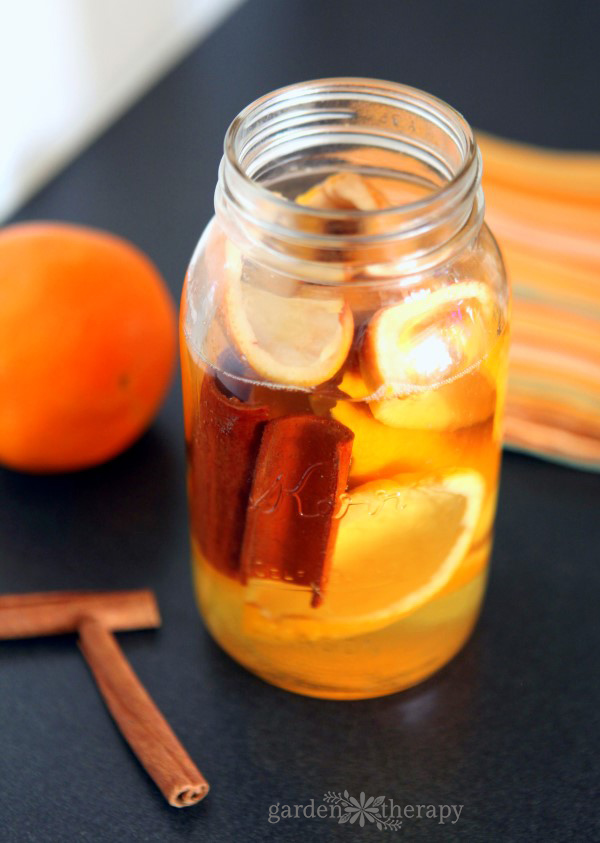Using cinnamon for plants as an antifungal is an old wives’ tale I’ve heard about for years. Like magic fairy dust, gardeners sprinkle cinnamon in their potting soil to help their seedlings. I wanted to know just how much truth there was to this claim, so I did some digging. Here’s what I found out about using cinnamon for plants.
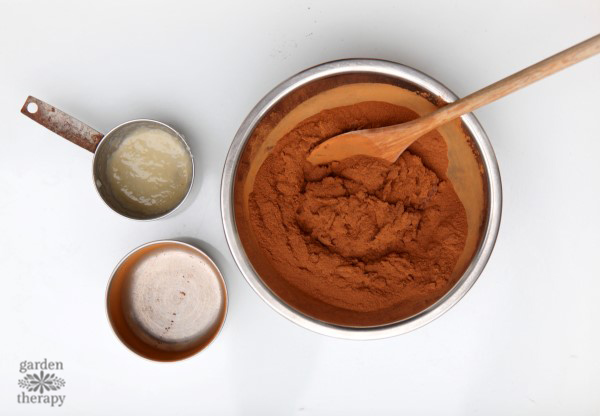
If there were a popularity contest for the best spice, cinnamon would be in the running. It reminds me of Christmas, tasty baked goods, and as a woody but spicy cleaning ingredient.
Based on scent alone, cinnamon holds a special place in my heart. But it also has plenty of robust health and cleaning properties.
It’s a proven fact that cinnamon has antibacterial and antifungal properties. Many studies have shown cinnamon as a powerhouse spice for human health, but how much does it help plants?
Many gardeners have used cinnamon as a natural fungicide for plants. There’s lots of anecdotal evidence to suggest that cinnamon for plants is a great antifungal agent, but let’s dig a little deeper into the effects of cinnamon in the garden.
This post will cover…
- What Does Cinnamon Do for Plants? The Myths in Question
- What is Cinnamon?
- The Different Kinds of Cinnamon
- Cinnamon’s Antifungal Properties
- Does Cinnamon Work in the Garden?
- How to Stop Damping Off and Other Fungal Issues
- Sterile Ingredients
- Water Correctly
- Location
- Frequently Asked Questions About Cinnamon for Plants
- More Kitchen Ingredients to Consider
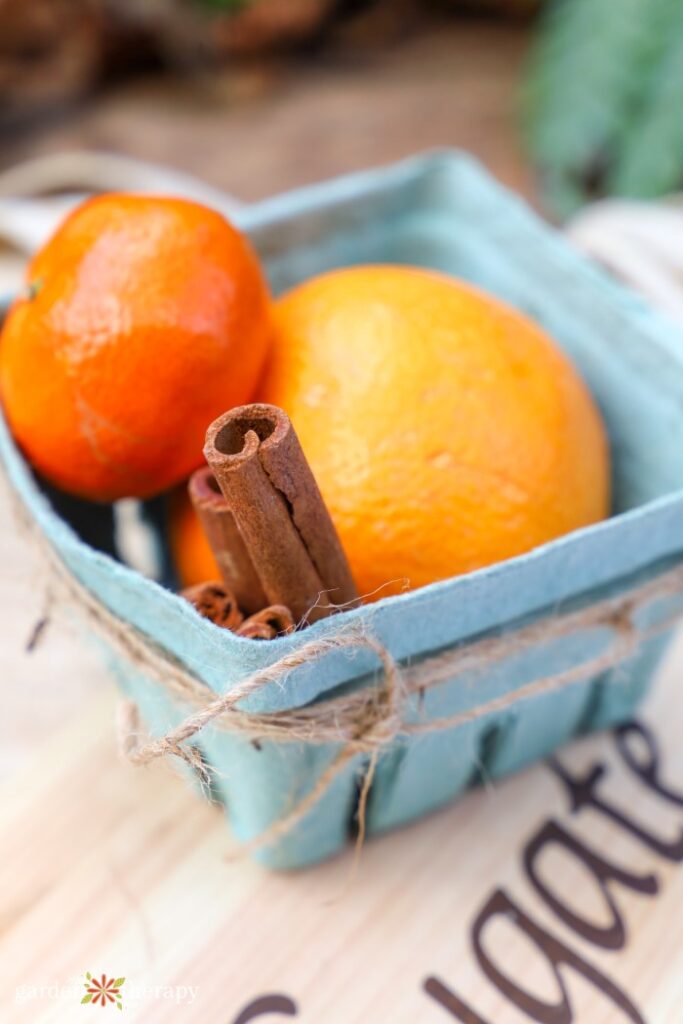
What Does Cinnamon Do for Plants? The Myths in Question
When it comes to cinnamon, there are a handful of claims about its benefits for the garden.
Perhaps the biggest is that cinnamon is a natural fungicide for plants. You can use it as a spray to help prevent fungal disease, especially for damping off. When planting seedlings, people will sprinkle cinnamon in their potting soil.
Another common way to use cinnamon for plants is as a rooting hormone. People will use it alongside honey when they take clippings to encourage root growth. They roll the ends of the plants in cinnamon powder.
Finally, people also use cinnamon as an ant repellent. They will sprinkle it in the garden or as a border to stop them from entering the home.
Now, let’s see how true all of these cinnamon claims are!
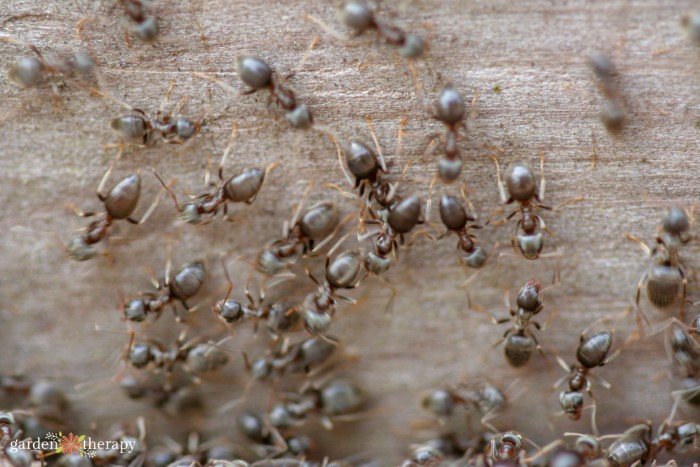
What is Cinnamon?
It may seem like a simple question, but there’s more to the cinnamon you find at the grocery store than you might think.
Cinnamon is a spice that comes from the inner bark of Cinnamomum trees. There are over 300 species in the Cinnamomum genus, and a handful of them are used to make cinnamon.
To gather cinnamon, they cut stems and branches from the tree and then extract the inner bark into strips. Once dried, it curls and rolls and turns into the cinnamon sticks we find at the store. Then, those sticks can be ground into powder.
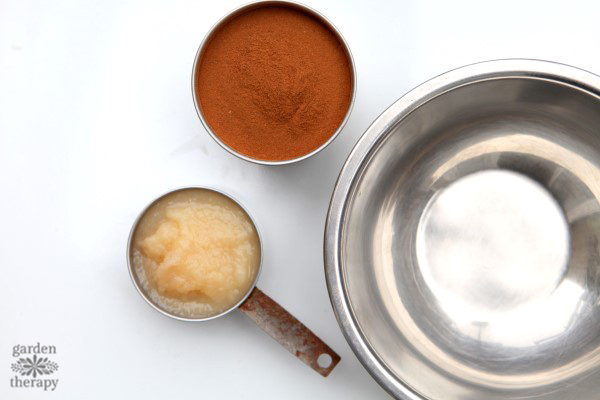
The Different Kinds of Cinnamon
You’ll want to be aware of two main types of cinnamon. Ceylon (also known as Sri Lanka) cinnamon is known as the “true cinnamon,” and it’s only found at specialty stores. It comes from Cinnamomum verum trees. True cinnamon is more fragrant and has a light brown colour. It’s slightly sweeter in flavour, though most consumers can’t tell the difference.
The other kind of cinnamon is called cassia or Chinese cinnamon, which is called “fake” cinnamon. It’s made from Cinnamomum aromaticum trees. It’s what you find for sale at the grocery store and is more inexpensive. It has stiff, dark, and thick rolls.
There are a few more cinnamons you might find for sale, including C. burmannii, C. loureiroi, C. citriodorum, and C. tamale. These are also considered “fake” cinnamon varieties.
Now, the problem with all these different kinds of cinnamon is that they’re all called, well, cinnamon! This can make it confusing when reading about all the different benefits of cinnamon as they’re not all equal in their benefits and uses.
Cinnamon can also refer to the plant, the powder, the essential oil, or an extract. These can be important distinctions when using cinnamon for plants.
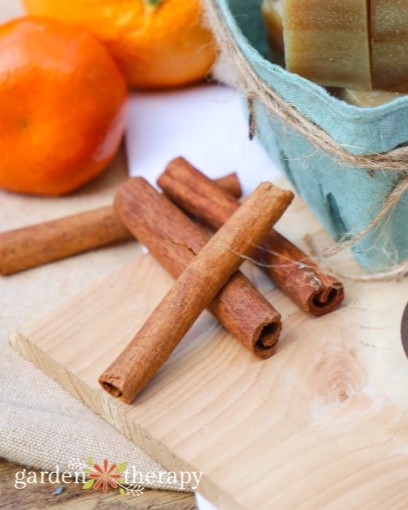
Cinnamon’s Antifungal Properties
The distinctive smell and flavour of cinnamon come from the oils in the plant. The plant’s derivatives, cinnamaldehyde, cinnamic acid, and cinnamate, give it powerful health properties. Cinnamaldehyde is the sure standout.
Many studies have proven the antifungal and antimicrobial properties of cinnamon for humans. It can kill fungi that cause respiratory tract infections and inhibit the growth of bacteria, including listeria and salmonella, amongst other kinds of infections. It even has anticancer properties.
There have been fewer studies of cinnamon as a natural fungicide for plants, but there is still good evidence to support that these antifungal properties work in the garden, too.
One study tested 49 essential oils against grey mould (Botrytis cinerea), and cinnamon leaf was the strongest antifungal. It also has been proven to have antifungal activity amongst other fungal diseases such as powdery mildew (Oidium murrayae) and Colletotrichum gloesporioides.
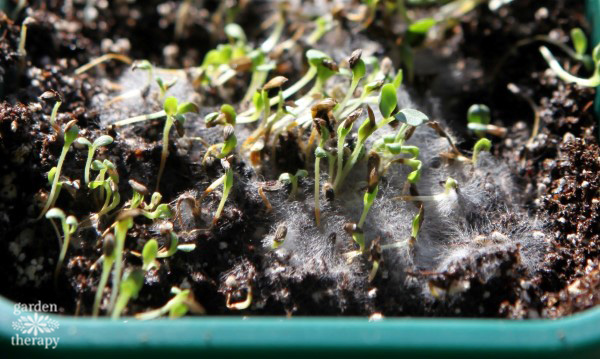
Does Cinnamon Work in the Garden?
It would be easy to suggest that all these studies prove that cinnamon’s antifungal properties would translate as magic in the garden.
The only problem is that these studies were in a controlled environment and done in a way very different than home gardeners. The study may use a specific type of cinnamon in an extract form, tested in vitro tests (in a test tube). Meanwhile, you’re using a cinnamon that comes from a different plant in powder form in a spray bottle. It’s not the same thing!
The reality is that most of these studies aren’t studying the powders we find at the grocery store. More often, they’re a more expensive cinnamon in an oil form.
Does that mean cinnamon powder won’t work in your garden? No. Does that mean it will work? Maybe. It’s definitely worth exploring and will likely have some effects on your garden. Just don’t expect it to be the miracle antifungal the internet may suggest!
If you’re looking for a natural fungicide for plants, I recommend making my chamomile fungicide as a base and adding some cinnamon. This way, you’ll be doubling up on your efforts with two potentially powerful antifungal ingredients.
Studies have shown cinnamon oil to be effective at killing mosquito larvae, controlling thrips, and the bean weevil. It has strong potential as a pest repellent, and I could see it being a great ingredient for my natural pest control spray.
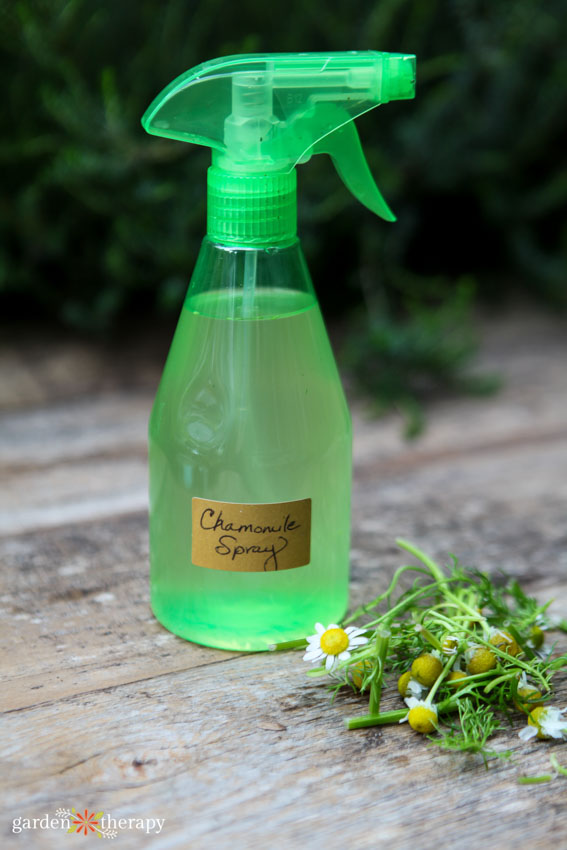
How to Stop Damping Off and Other Fungal Issues
I also like to remind people that it’s not about treating fungal issues but preventing them from happening in the first place. It’s a much more effective strategy.
Here are a few tips for preventing fungal disease.
Sterile Ingredients
Use sterile ingredients that won’t stimulate fungal or bacterial growth. Most soil ingredients do not have active biology except compost. If you want to use compost inside the home, you must bake the moist soil in the sun or the oven at 180° F for at least 30 minutes. Store any leftover compost in an airtight container for future indoor and seed-starting potting mixes.
Water Correctly
Avoid overhead watering. Instead, focus the water at the base of the plant, where it will soak into the soil and the roots rather than get the leaves wet. Also, water early in the day so excess moisture will evaporate in the later sun rather than sitting overnight.
Location
Try to place plants in their ideal location as much as possible. While you may want to put some pretty annuals in a shady spot rather than the full sun they ask for, don’t force it. The reality is that the area might be too damp for them and encourage fungal growth.
Also, don’t crowd plants. Give them the right spacing requirements to promote airflow. Air circulation is essential for preventing fungal growth.
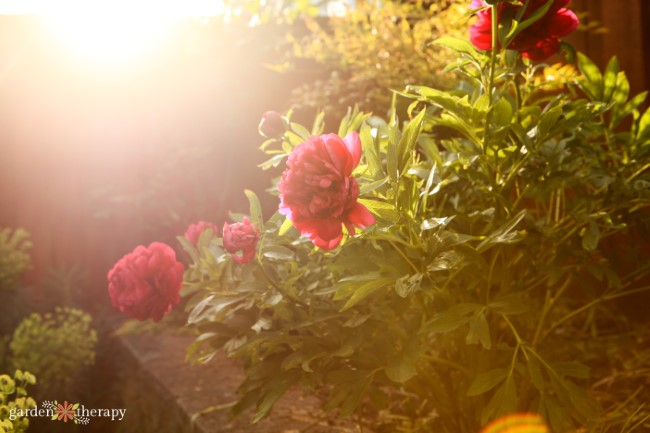
Frequently Asked Questions About Cinnamon for Plants
Cinnamon powder or oil is best added to potting soil before planting seeds.
If you’re diluting cinnamon, like you would if you add it to my chamomile fungicide spray, you can spray it daily to water your seedlings or mist your established plants and soil as often as daily.
Cinnamon oil can affect plant growth in high concentrations. The use of cinnamon oil could be a possible natural herbicide. However, this is only in high concentrations, and the normal use of cinnamon shouldn’t affect plant growth, but there have been few studies on this. I always recommend applying a test in your garden before using it everywhere.
I could find no evidence to suggest that cinnamon works as a rooting agent. You can use it in the water to prevent bacteria from growing, which can aid in the root developmental process, but it won’t encourage it. Try adding a drop or two of cinnamon essential oil alongside my willow water rooting hormone.
